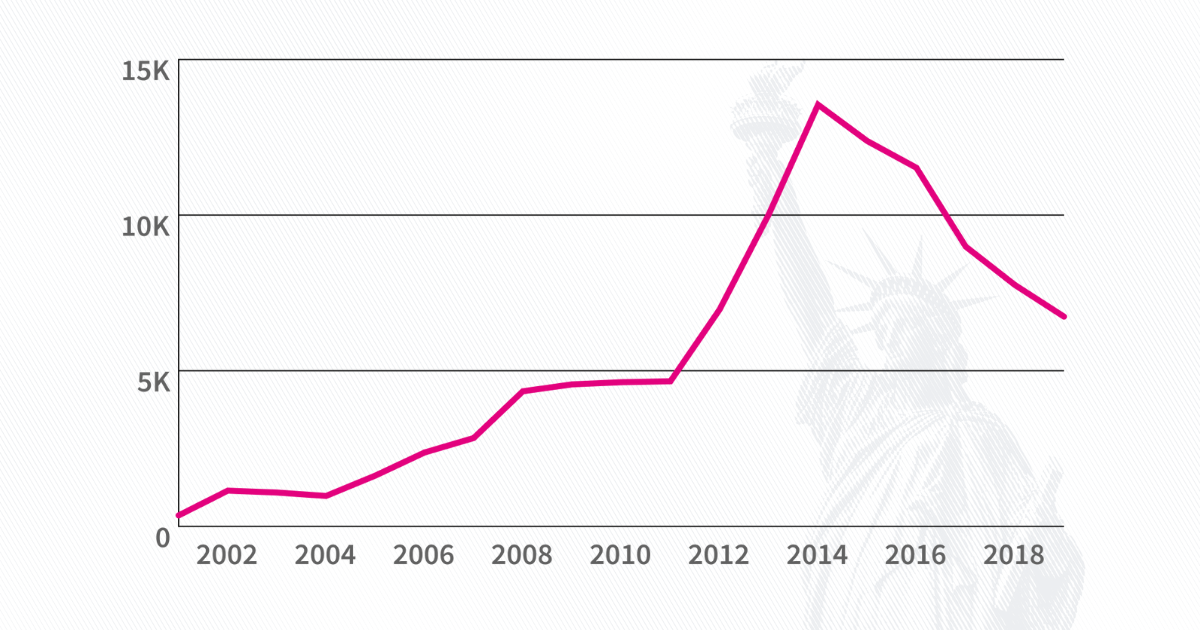Defense and security
How many refugees are entering the US?

The United States enacted the Lend-Lease Act in March 1941 to support the Allied powers in World War II without directly entering the conflict. The Lend-Lease Act law enabled the US to send weapons, ammunition, food, and equipment to the Allied forces.
In exchange, the Allied powers gave the United States long-term leases at military bases around the world and promised billions in future monies.
After World War I, many in the United States were wary of becoming involved in another global conflict. This was known as isolationism, and this sentiment dominated much of 1930s American politics.
However, as World War II broke out and the Nazis gained control of northern Europe and France, it seemed as though Britain was left to oppose Germany almost single handedly. British Prime Minister Winston Churchill approached President Franklin D. Roosevelt and asked for assistance.
Roosevelt attempted to bridge the gap between isolationism and a desire to support Britain with the Lend-Lease Act. This act allowed the US to lend cash-strapped Britain military equipment rather than enter the conflict. The Lend-Lease Act was loosely modeled on the Destroyers for Bases Agreement, in which the US transferred 50 aging Navy destroyers to the British Royal Navy in 1940. In exchange, Britain gave the US 99-year leases to territory in Newfoundland and the Caribbean, which the US would use for military bases.
The Lend-Lease Act helped shape the outcome of World War II. By supporting the Allies in this way, the US helped prevent the Axis powers from gaining further ground and laid the foundation for post-war global security.
Defense and security
Defense and security
Defense and security
Defense and security
Newsletter
Keep up with the latest data and most popular content.


